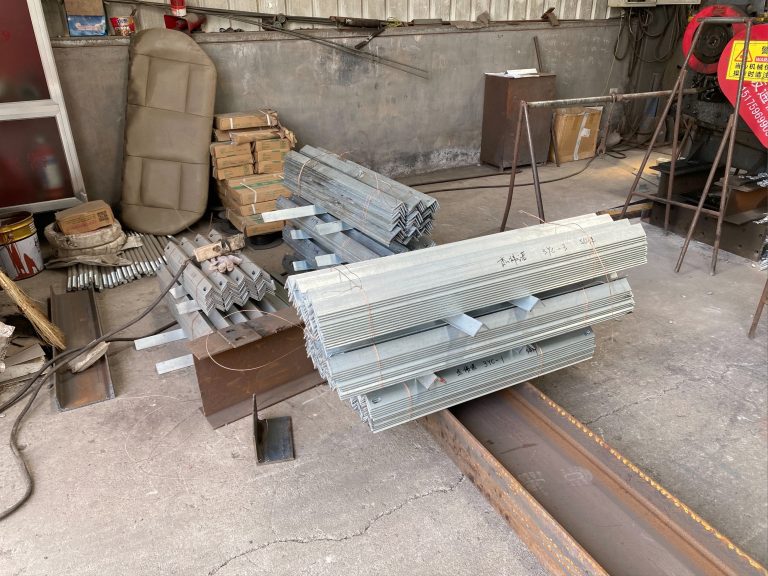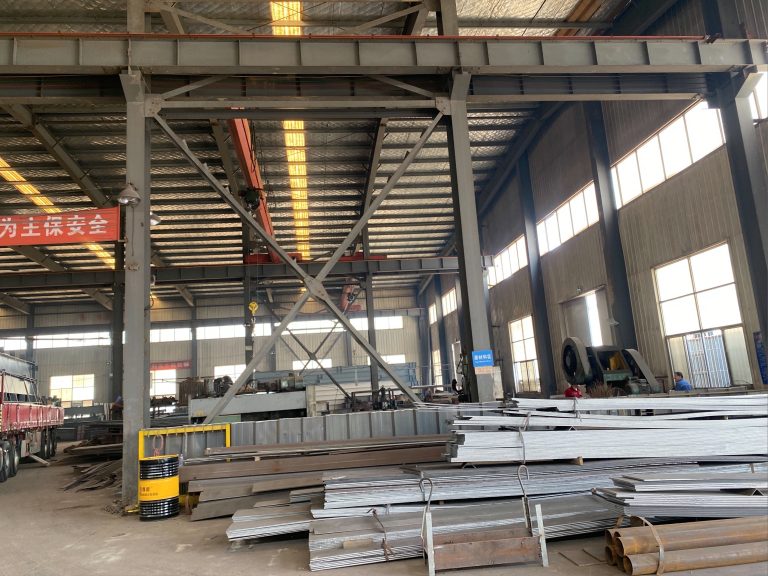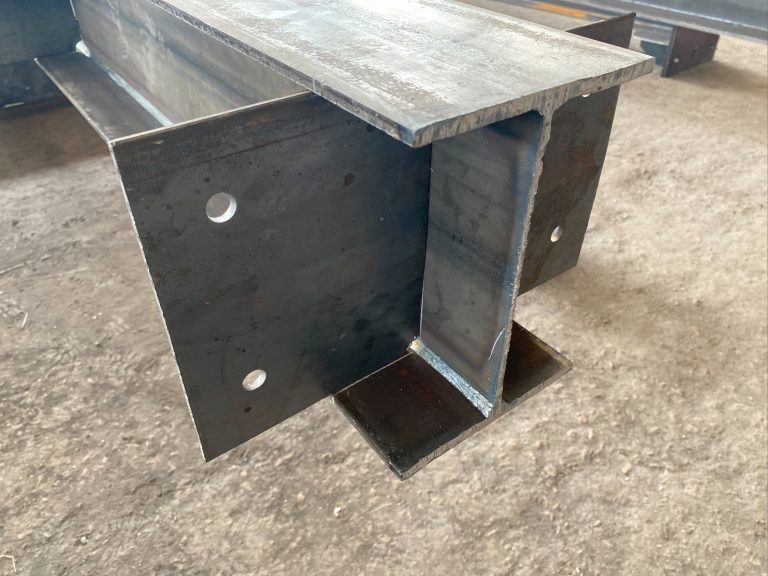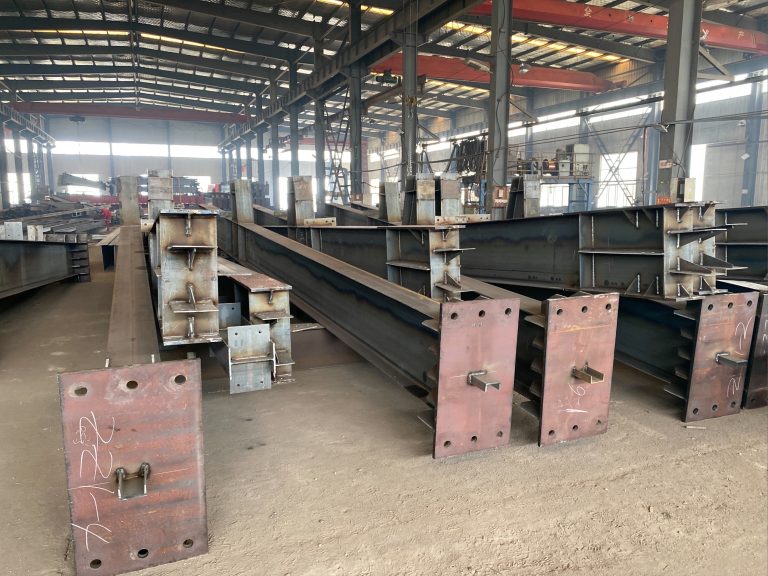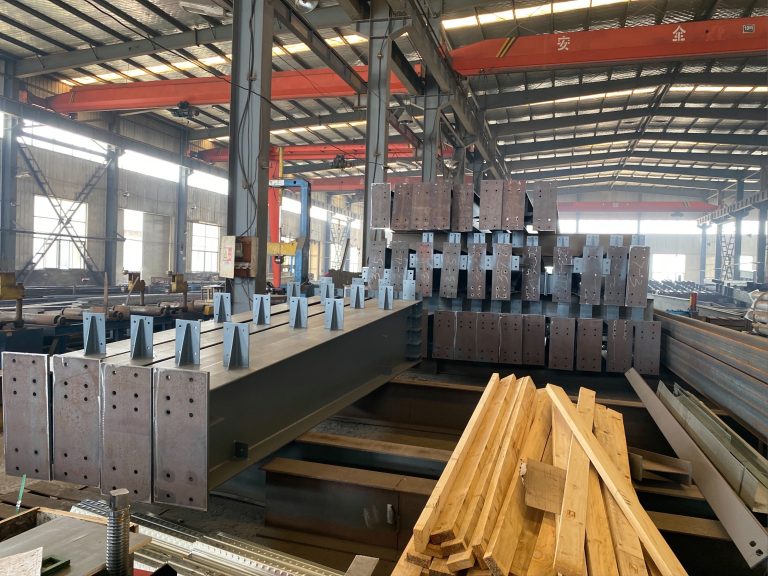Design considerations and case analysis of container house as emergency shelter
Table of Contents
Sustainable Design Considerations for Container Houses as Emergency Shelters
In recent years, container houses have gained popularity as a sustainable and cost-effective solution for emergency shelters. These structures are made from repurposed shipping containers, which are readily available and can be easily transported to disaster-stricken areas. When designing container houses as emergency shelters, there are several key considerations that must be taken into account to ensure their effectiveness and functionality.
One of the most important design considerations for container houses as emergency shelters is their sustainability. These structures should be designed with environmentally friendly materials and construction methods to minimize their impact on the environment. Additionally, the design should incorporate energy-efficient features such as solar panels and passive heating and cooling systems to reduce energy consumption and operating costs.
Another crucial consideration is the durability and structural integrity of the container house. These structures must be able to withstand extreme weather conditions and provide adequate protection for occupants. Reinforcements such as steel beams and concrete foundations may be necessary to ensure the stability of the container house in high winds or seismic events.
Accessibility is also a key factor in the design of container houses as emergency shelters. These structures should be easily accessible to individuals with disabilities and should provide adequate space for mobility aids such as wheelchairs. Additionally, the layout of the container house should be designed to facilitate the flow of traffic and ensure the safety of occupants during emergencies.
In terms of functionality, container houses should be designed to provide basic amenities such as sleeping quarters, sanitation facilities, and cooking areas. The layout of the container house should be optimized to maximize space and provide a comfortable living environment for occupants. Additionally, the design should take into account the need for privacy and security, as well as the potential for future expansion or modification.
To illustrate the effectiveness of container houses as emergency shelters, let us consider a case analysis of a recent disaster response effort. In 2017, Hurricane Maria devastated Puerto Rico, leaving thousands of residents homeless and in need of emergency shelter. In response to this crisis, several organizations collaborated to design and construct container houses as temporary housing for displaced individuals.
The container houses were equipped with solar panels for electricity, rainwater collection systems for water supply, and composting toilets for sanitation. The structures were designed to be easily transportable and could be assembled quickly on-site. The layout of the container houses was optimized to provide privacy and security for occupants, with separate sleeping quarters and communal areas for cooking and socializing.
Overall, the container houses proved to be a successful solution for providing emergency shelter in the aftermath of Hurricane Maria. The structures were durable, sustainable, and functional, providing a safe and comfortable living environment for displaced residents. The case analysis of this disaster response effort highlights the potential of container houses as a viable option for emergency shelters in future disaster scenarios.
In conclusion, the design considerations for container houses as emergency shelters are crucial to their effectiveness and functionality. By incorporating sustainable materials, durable construction methods, and accessible layouts, container houses can provide a safe and comfortable living environment for displaced individuals in times of crisis. The case analysis of the use of container houses in disaster response efforts demonstrates their potential as a cost-effective and sustainable solution for emergency shelter.
Case Analysis of Container Houses as Emergency Shelters in Disaster-Prone Areas
In recent years, the use of container houses as emergency shelters in disaster-prone areas has gained popularity due to their affordability, durability, and ease of transportation. These structures, made from repurposed shipping containers, offer a quick and cost-effective solution for providing temporary housing to those affected by natural disasters such as hurricanes, earthquakes, and floods.
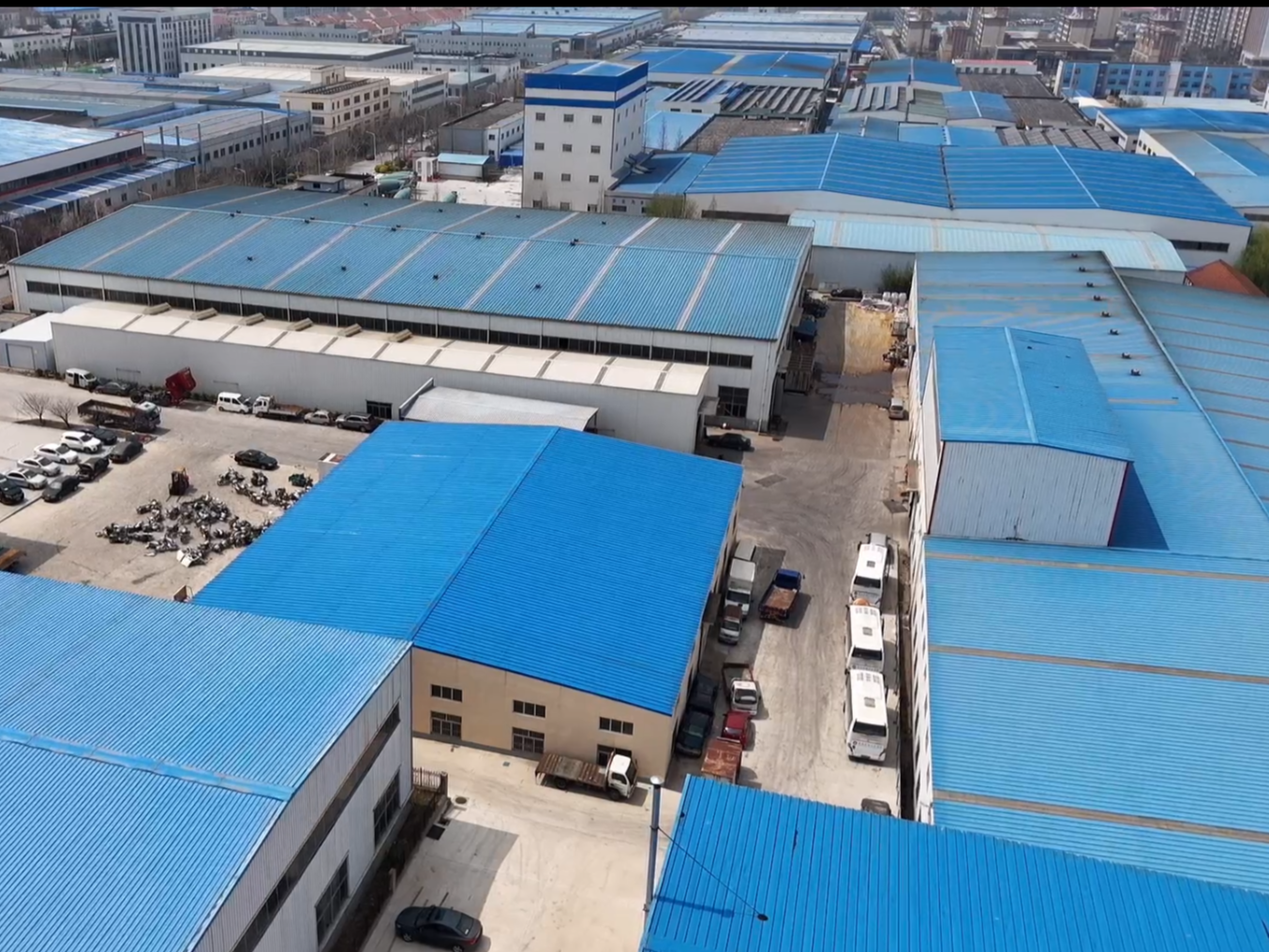
When designing container houses for use as emergency shelters, several key considerations must be taken into account. First and foremost, the structural integrity of the containers must be assessed to ensure that they can withstand the forces of nature. Reinforcements may need to be added to the containers to strengthen them and make them more resilient to extreme weather conditions.
Additionally, proper insulation and ventilation are essential to ensure the comfort and safety of the occupants. Insulation helps regulate the temperature inside the container, keeping it cool in hot climates and warm in cold climates. Adequate ventilation is also crucial to prevent the buildup of moisture and mold, which can pose health risks to the inhabitants.
Furthermore, the layout and design of the container house must be carefully planned to maximize space efficiency and functionality. Considerations such as the placement of windows and doors, the arrangement of rooms, and the provision of basic amenities such as bathrooms and kitchens must be taken into account to create a livable and comfortable living environment.
Case studies of container houses used as emergency shelters in disaster-prone areas have shown promising results. For example, in the aftermath of Hurricane Katrina in 2005, several container houses were deployed in New Orleans to provide housing for displaced residents. These structures proved to be durable and weather-resistant, offering a safe and secure living space for those in need.
Similarly, in earthquake-prone regions such as Nepal, container houses have been used to provide temporary shelter to families affected by seismic activity. These structures have been able to withstand the tremors and aftershocks, offering a sense of stability and security to the inhabitants.
Overall, the use of container houses as emergency shelters in disaster-prone areas has proven to be a viable and effective solution for providing temporary housing to those in need. By carefully considering factors such as structural integrity, insulation, ventilation, and layout design, container houses can offer a safe and comfortable living environment for displaced individuals and families.
In conclusion, the design considerations and case analysis of container houses as emergency shelters highlight the potential of these structures to provide a quick and cost-effective solution for housing those affected by natural disasters. With proper planning and implementation, container houses can offer a durable and resilient living space for displaced individuals, helping them rebuild their lives in the aftermath of a catastrophe.


